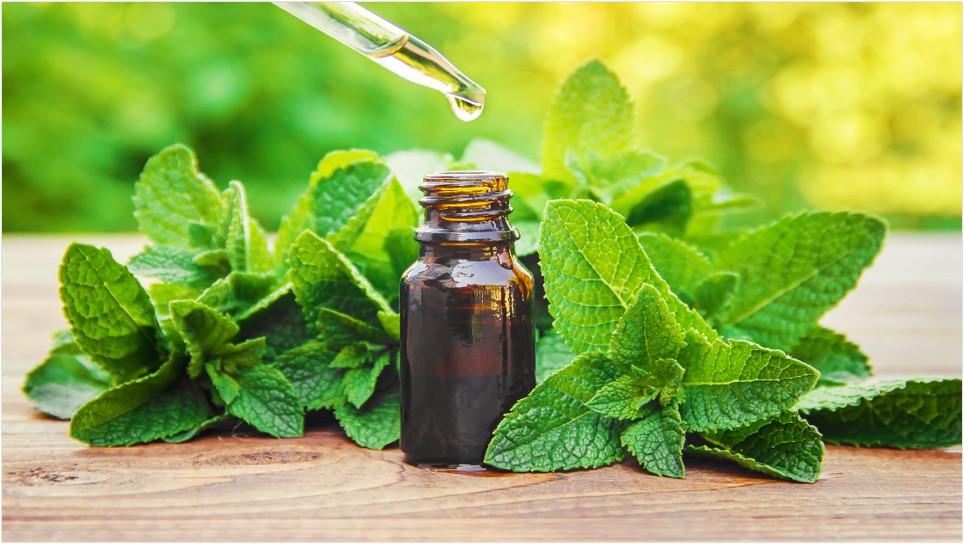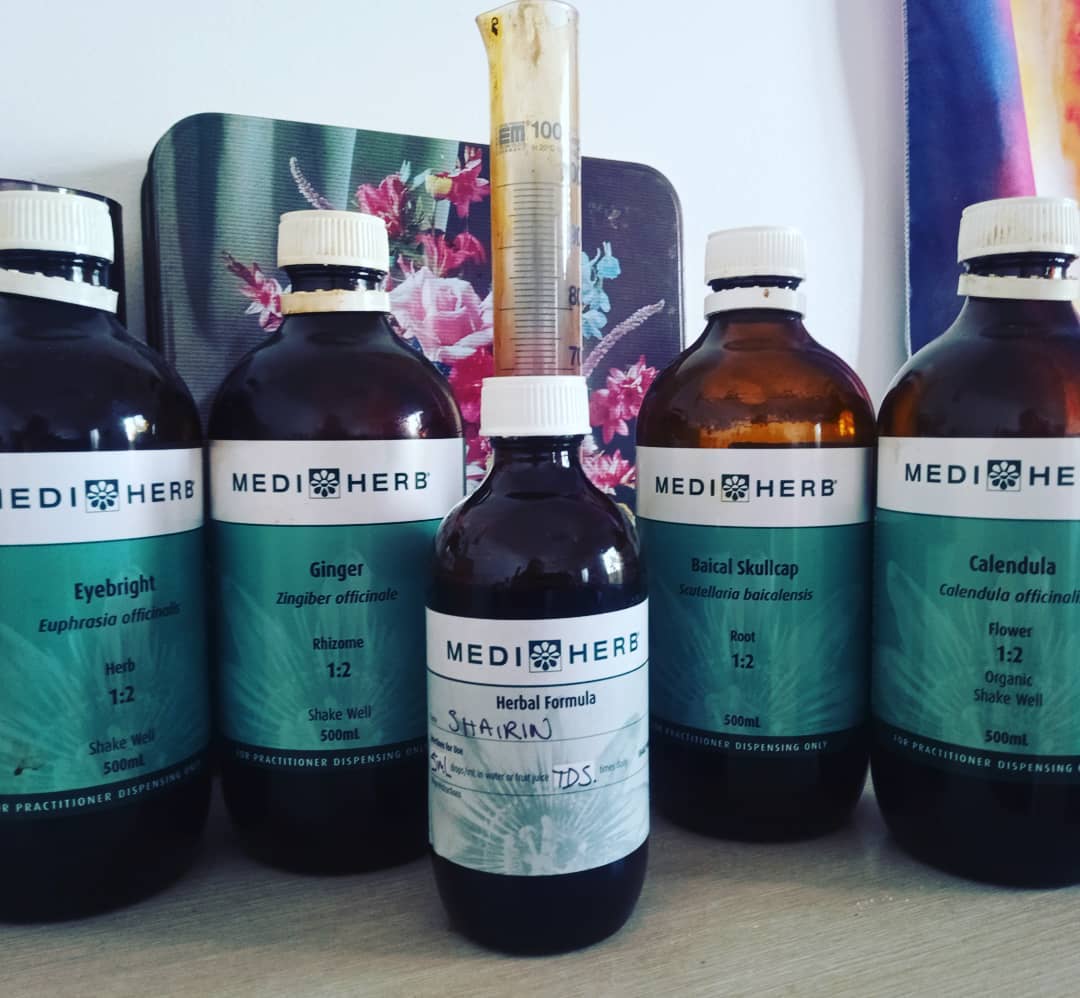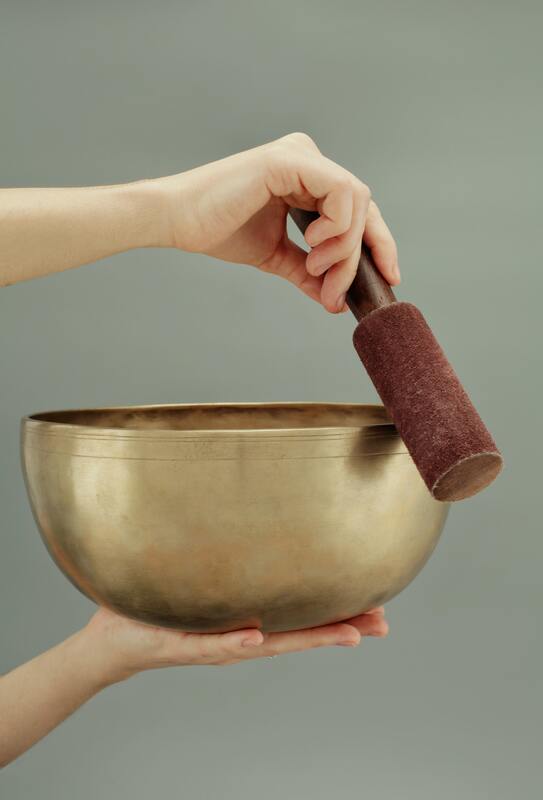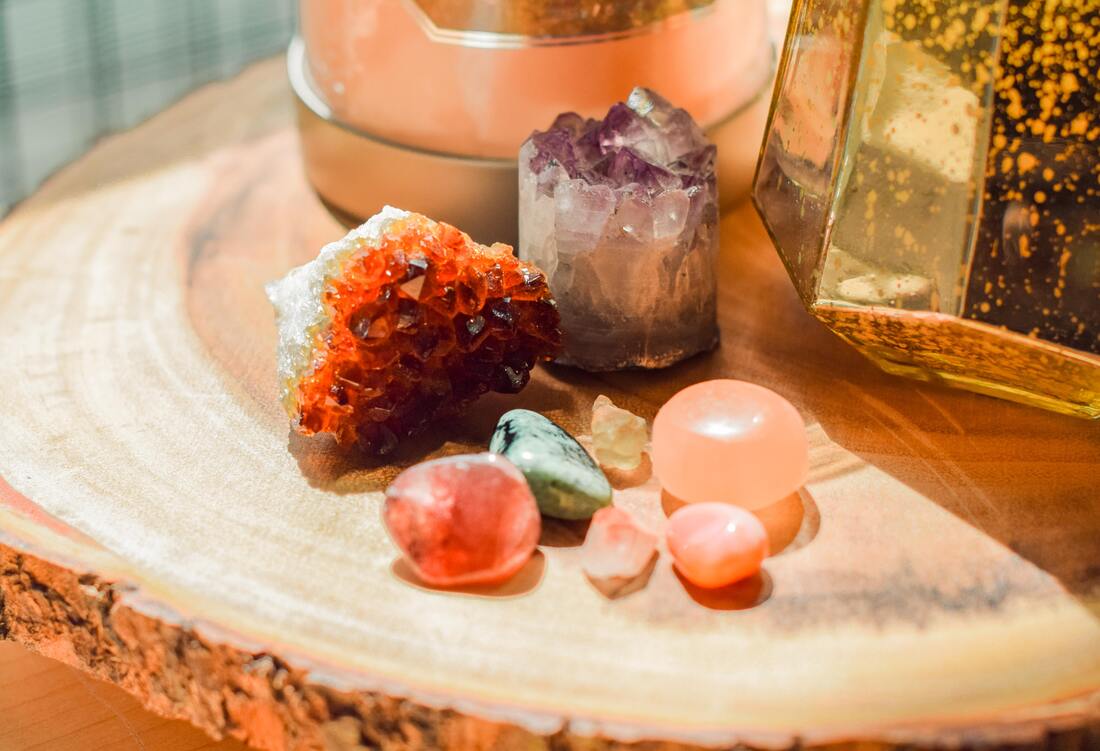Radish is a great addition to your seasonal menu. It is high in some key nutrients and is clinically shown to improve some health conditions related specifically to it's chemical constituents and their biological actions on the cells and tissues of the human body. Radish Botanical name Raphanus sativus. L.: family Brassicaceae (Ayub, Spinardi and Gioppo). brief history Radishes originate from the Mediterranean region and this ancient cultivated vegetable is commonly used in salads (Ayub, Spinardi and Gioppo). Traditional use Radishes have been used to treat coughs, gastric discomfort, whooping cough, constipation, dyspepsia, gallbladder disorders, gallstones, liver disorders (Adams, 2008; Natural Medicines Comprehensive Database, 2016), arthritis, cancer, and kidney stones (Adams, 2008). edible parts The root and sprouted seeds (Ayub, Spinardi and Gioppo). key nutrients Radishes are good source of the minerals calcium, iron, phosphorus; and vitamins C, B1, B2 and nicotinic acid; fiber; and sulfur compounds (Ayub, Spinardi and Gioppo). Other constituents are polyphenols including flavonols and kaempferol-derivatives, hydroxycinnamic acids, caffeic acid and kaempherol-3-O-arabioside-7-o-rhamnoside (Shiavon, Berto, Malagoli, Trentin, Sambo, Dall’Acqua and Pilon-Smits, 2016). Radish sprouts and mature roots contain the glucosinolates, aliphatic dehydroerucin, glucoraphenin and indole, as found in other brassica family vegetables (Verkerk et al., 2009). Radish sprouts have a higher level of the isothiocyanates than broccoli usually contains, and high levels of anthocyanins (Vivarelli, et al., 2016). Radish roots contain a high content of anthocyanin flavonoids, including six unique compounds (Tamura, Tsuji, Yongzhen, Ohnishi-Kameyama and Murakami, 2010; Takashi, Matsufuji, Tkeda, Toyoda and Goda, 2002). main actions Radish has diuretic, antiscorbutic, stimulant and anticarcinogenic activities (Ayub, Spinardi and Gioppo). The natural pigment anthocyanins contained in fresh red radish (Tamura, Tsuji, Yongzhen, Ohnishi-Kameyama and Murakami, 2010), are known to have antiobesity effects and positively influence related metabolic complications in mouse models (Vivarelli, et al., 2016). They are also potent modulators of Nrg2 mediated signaling pathways which has an chemoprotective effect (Vivarelli, et al., 2016; Wagner, Terschiuesen and Rimbach, 2013). As a member of the brassicaceae family radish root and leaves contain phytochemicals similar to other plants of this family such as broccoli (Verkerk et al., 2009). The constituents such as glucosinolates, their hydrolysed isothiocyanates and other bioactives have been studied for their health promoting effects (Wagner, Terschiuesen and Rimbach, 2013). They also act in the Nrf2 inflammation and chemopreventative pathways in humans and target epigenetic pathways and positively effect epigenetic aberrations that lead to cell malfunction such as in cancers (Wagner, Terschiuesen and Rimbach, 2013). This activity includes DNA methylation modulation (Wagner, Terschiuesen and Rimbach, 2013). The glucosinolates were thought to be implicated in this research (Verkerk et al., 2009), although more recent review has found that the chemoprotective effects derive from the interaction between these and the isothiocyanates which are a major product of the hydrolysis that occurs during myrosinase cleavage (Wagner, Terschiuesen and Rimbach, 2013). It is the cell disruption on preparation and consumption that provides the meeting of these two chemicals that provide the health protective benefits (Wagner, Terschiuesen and Rimbach, 2013). therapeutic (medicinal uses) An inverse relationship is shown between the ingestion of brassica vegetables, including radishes, and incidence of colon or rectal cancers (Wagner, Terschiuesen and Rimbach, 2013; Verkerk et al., 2009). Studies have shown that most of the phytochemicals of brassica vegetables have both an anti-inflammatory and antioxidant effect (Wagner, Terschiuesen and Rimbach, 2013). During mouse trials monitoring anti-inflammatory activity the doses of brassica derived phytochemicals used was up to 90mg/kg (Wagner, Terschiuesen and Rimbach, 2013). Few human clinical trials specifically studying chemoprotective epigenetic parameters have been conducted (Wagner, Terschiuesen and Rimbach, 2013). Another mouse trial conducted with 15, 75 or 150mg radish sprout juice showed statistically significant antioxidant, hypolipidaemic and antiobesity effects (Vivarelli, et al., 2016). Radish sprouts and mature roots are shown to have equal concentrations of glycosinolates and anthocyanins (Verkerk et al., 2009) and therefore a recommendation of 150 mg of sprout juice or an equivalent small serving of radish root daily, for these therapeutic benefits, is both achievable and effective. precautions, contraindications, adverse reactions, drug/nutrient interactions and concerns Radish root and sprouts are considered safe (NMCD, 2016). Gastrointestinal tract irritation may occur after ingesting large amounts of radish (NMCD, 2016). During pregnancy and breastfeeding it is advised to consume usual food amounts rather than excessive doses as scientific data is not available for safety (NMCD, 2016). Due to its cholagogue properties, radish is best avoided by those with gall stones (NMCD, 2016), to prevent complications such as bile duct blockage and inflammation. recommendations, buying and storage Consuming radishes raw avoids the loss of key water soluble constituents such as the glucosinolates which occurs during cooking (Verkerk et al., 2009) and vitamin c and B complex. When purchasing fresh raw radishes ensure that they are fresh and firm, this ensures that they are biologically active and not dehydrated (Ayub, Spinardi and Gioppo). Storage measures aim to retain soluble solids, organic acids, firmness and hydration and thorough analysis reveals ideal recommended conditions as radish bulbs deteriorate rapidly at room temperature (Ayub, Spinardi and Gioppo). Bulbs with their leaves can be stored refrigerated or without leaves for one day (Ayub, Spinardi and Gioppo). Removal of leaves and packaging in air proof containers will increase storage time to 5 days at <5 degrees Celsius (Ayub, Spinardi and Gioppo). Reference List:Ayub, R., Spinardi, B. & Gioppo, M. (2013). Storage an fresh cut radish. Acta Scientiarum, 35(2), 241-245. DOI: 10.4025/actasciagron.v35i2.15461
Natural Medicines Comprehensive Database. (2016). Radish. Retrieved from, http://www.rxlist.com/radish-page2/supplements.htm#SafetyConcerns Shiavon, M., Berto, C., Malagoli. M., Trentin, A., Sambo, P., Dall’Acqua, S. & Pilon-Smits, E. (2016). Selenium biofortification in radish enhances nutritional quality via accumulation of Methyl-selenocysteine and promotion of transcripts and metabolites related to glucosinolates, phenolics, and amino acids. Frontiers in Plant Science, 7, 1371. DOI: 10.3389/fpls.2016.01371 Takashi, O., Matsufuji, M., Tkeda, M., Toyoda, M. & Goda, Y. (2002). Acylated anthocyanins from red radish (Raphanus stivus L.). [Abstract]. Retrieved from, http://www.sciencedirect.com/science/article/pii/S0031942202000638 Tamura, S., Tsuji, K., Yongzhen, P., Ohnishi-Kameyama. M. & Murakami, N. (2010). Six new acylated anthocyanins from red radish (Raphanus sativa). Journal of Chemical Pharmacy Bulletin, 58(9), 1259-1262. Retrieved from, https://www.jstage.jst.go.jp/article/cpb/58/9/58_9_1259/_pdf Verkerk, R., Schreiner M., Krumbein, A., Ciska, E., Holst, B., Rowland, I., De Schrijver, R., Hansen, M., . . . & Dekker, M. (2009). Review Glucosinolates in Brassica vegetables: The influence of the food supply chain on intake, bioavailability and human health. Molecular Nutrition Food Research, 219(53), 219-265. DOI 10.1002/mnfr.200800065 Vivarelli, F., Canistoro, D., Sapone, A., De Nicola, G., Marquillas, C., Antonazzo, I., Gentilini, F. & Paolini, M. (2016). Raphanus sativus cv. Sango Sprout Juice Decreases Diet-Induced Obesity in Sprague Dawley Rats and Ameliorates Related Disorders PLoS ONE, 11(3), e0150913. Doi: 10.1371/journal.pone.0150913 Wagner, A., Terschluesen, A. & Rimbach, G. (2013). Health promotinf effects of brassica-derived phytochemicals: from chemopreventative and anti-inflammatory activities to epigenetic regulation. Oxidative Medicine and Cell Longevity, online. Doi: 10.1155/2013/964539 |
AuthorShairin - Naturopath and Usui Reiki Master/Teacher Ba. Health Science (Complementary and Alternative Medicine and Medical Systems - Naturopathy) is passionate about accurate natural medicine advice and teaching people how to enhance their natural health care in daily life. Categories
All
Archives
June 2024
|







